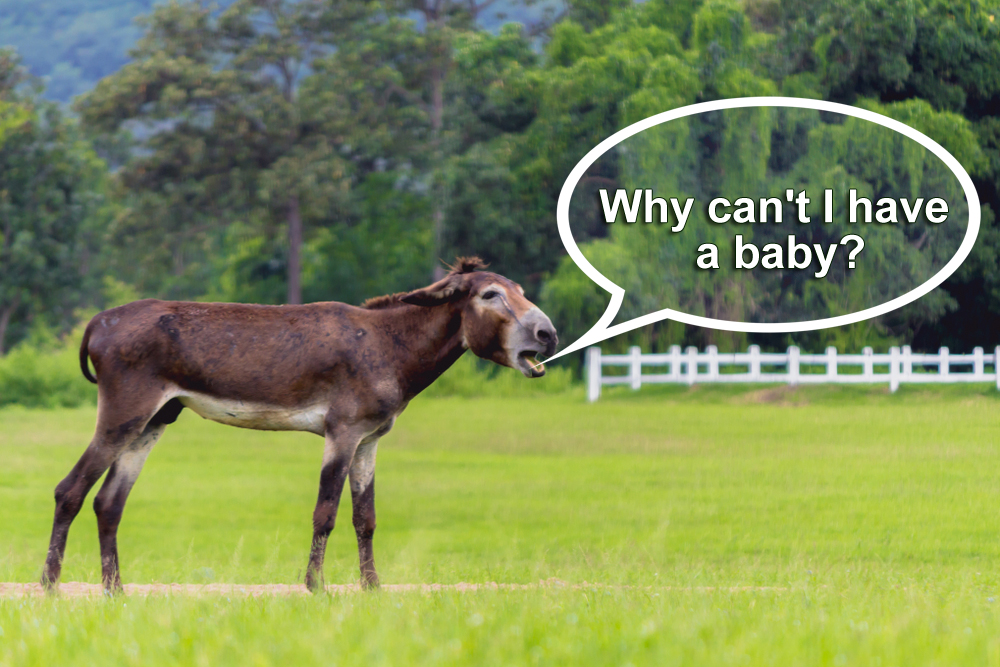Blog Post Module 11
Hello all, this week's topic is about the speed of speciation. From doing a little bit of research on this topic, many factors contribute to the speed of speciation and determine whether or not the organism will develop into a new species. For example, in this week's R exercise, certain fish were put in a pond that contained sulfide drainage versus a pond that did not. It did not take long for the fish in the sulfide drainage pond to develop characteristics that would help them survive in this extreme environment. This evolution of new traits allowed fish in the sulfide drainage to mate with each other and become more adept to that specific environment. When given the opportunity to mate with non-sulfide drainage fish once again, barely any gene flow occurred. It appeared that sulfide drainage fish only wanted to mate with other fish from the same group and the same trend was seen in the non-sulfide drainage fish. This may be in part due to sexual selection, as same group mating might ensure better survival of offspring. Upon further investigation, it appeared that local adaptation had also occurred, as fish from the sulfide drainage pond did not survive at nearly as high rates when put into a non sulfide drainage pond. The same exact trend was seen for non sulfide drainage fish when placed into a sulfide drainage pond. My point here is this: the more intense the selection pressure, the more rapidly speciation is likely to occur. In other words, if there is a need to adapt, evolution will occur, and more species will form to best suit the surrounding environments. In addition, faster generation time also leads to more rapid speciation. For example, humans do not evolve as fast as bacteria because it takes a much longer time for us to produce offspring. To answer the second part of this prompt, hybrids usually are not as fit as purebreds and do not survive as often. In fact, hybridization may be harmful because the offspring are not well-suited to their environments and may contain genetic mutations due to the breeding of two different species. For examples, mules, which are the offspring of a donkey and a horse, are sterile and cannot produce offspring. Furthermore, offspring production may be wasteful when creating hybrids due to the maladaptive nature of hybrid offspring to their environment. 


I like your interpretations Casey,
ReplyDeleteMaybe that's why we don't see high numbers of hybrids in the wild, because they are usually sterile, but I think we see natural hybridization more commonly in insects and plants. There are animals that scientists say haven't changed a bit after a thousand years, like crocodiles. I wonder how animals like that fit into speciation and adaptation.
Casey,
ReplyDeleteI really enjoyed reading this blog post. It was cool how you pulled in your interpretations from the R exercise to support your thoughts on this topic. I also like how you included the discussion of hybrids, because I think it is important to recognize how the development of hybrids might seem like a good idea but in reality it might not be what's best from a reproductive or survival standpoint.